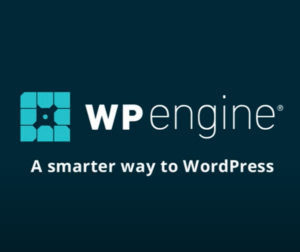Your cart is currently empty!
Remember component stereo systems? WordPress is a component system too. Or it’s supposed to be if you’re using it optimally. From sites I’ve inherited I’ve observed developers breaking this by:
- Replacing the entire front end through decoupled architectures rather than installing clean optimal components
- Building an entire custom theme or developing a bloated child theme that contains more than just basic design code
- Whole WordPress environments version controlled making component installations and updates painful and automated updates impossible
WordPress is best used as its core, hosting, theme, and plugin components. Add to that a thin layer of custom design code or business rules in a child theme or code snippets.
Your selection of hosting service determines some features and restrictions for your environment. The best managed hosts install one or a few “drop-ins” (or must-use plugins) that enforce caching and security policies and load tools such as monitoring and backups. Some managed hosts offer “edge” layer services such as content delivery networks, page caching and image optimization – without the need for such plugins.
Your selection of theme typically determines your page builder, which in turn usually defines fonts, forms, galleries, sliders, and other UI widgets. Some of the best themes out there work very well with the core WordPress Block Editor. In many cases purchasing a Pro plugin by the theme builder is required to access most of the useful features. Often times these Pro plugins by theme developers allow you to configure your templates, for example assigning page builder templates to dynamic content types like blog posts, post archives, or WooCommerce products and shop pages.
Your selection of plugins adds features to your website, including WooCommerce online store features such as payment providers, advanced discounting, live rate shipping services and label makers, tax services, special product types, and integrations with fulfillment and customer relationship software.
Here’s some advice to get the most out of your WordPress component system:
- Don’t install more plugins than your hosting plan can run within a 0.5 second response time and 1.5 second page render time on the user-facing area of your site.
- Install components from trustworthy sources where the quality is high, vetting is strong, updates are regular, and open-source GPL licensing is fully respected.
- Avoid components that bundle more than one additional plugin. The biggest offender here is themes that require a page builder, code framework, bloated slider gallery and more.
- Keep-it-in-the-family by upgrading to Pro components which are supported with your stack. This helps your compatibility testing by, well, doing most of it for you. It also helps support resources to be less fragmented, i.e. the infamous finger pointing.
- Engage a developer or support resource that learns and knows your chosen components well and shares these philosophies.
Of course the best thing with WordPress and WooCommerce versus commercial alternatives is that you own your website and have the freedom to select your vendors and customize as needed.







